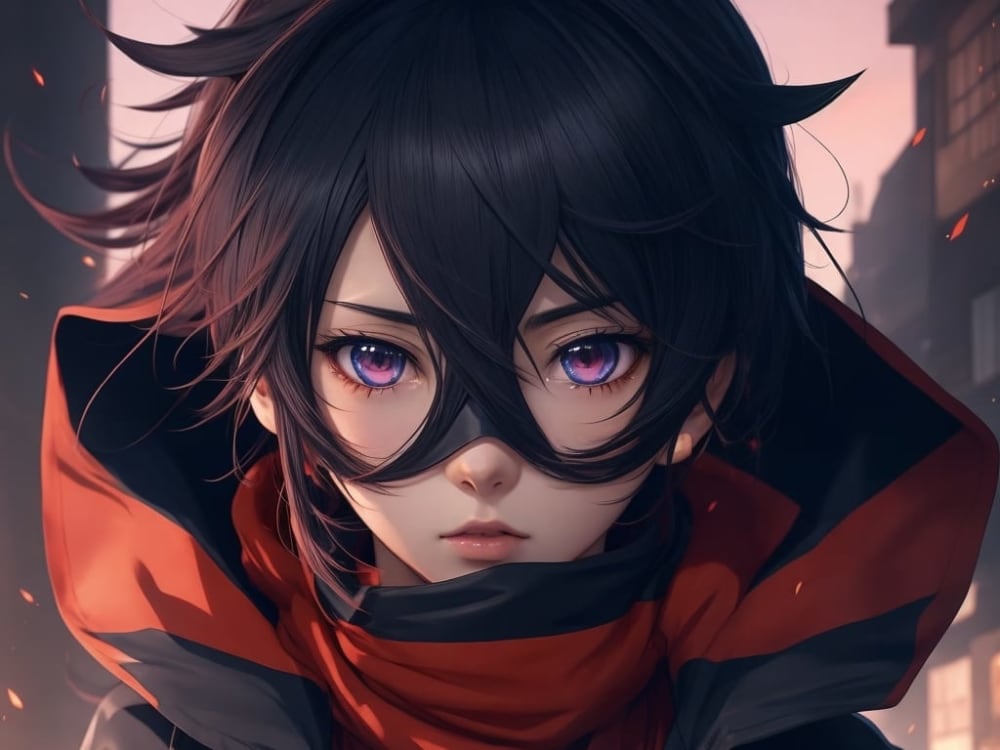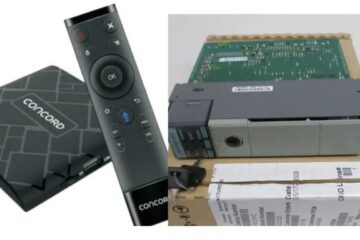IntroductionThe world of anime has always been celebrated for its distinctive art styles, compelling characters, and vibrant storytelling. With the advent of artificial intelligence (AI), creating anime artwork has become more accessible than ever. AI tools can generate high-quality anime art in seconds, opening up opportunities for fans and creators alike. However, while AI-generated anime artwork is impressive, it often lacks a personal touch. Customizing AI-generated anime artwork allows you to infuse your own creativity and vision into the art, making it truly unique. This guide will show you how to customize AI-generated anime artwork to suit your personal style and artistic preferences.Why Customize AI-Generated Anime Artwork?AI tools have revolutionized the process of creating anime artwork by automating many of the labor-intensive tasks involved in drawing and designing. However, AI-generated artwork can sometimes feel impersonal or generic, lacking the nuanced details that make anime so captivating. Customization adds a layer of personalization to AI-generated images, enabling you to create artwork that reflects your unique style and ideas.Customizing AI-generated anime artwork allows you to: Add Personal Flair: Tailor the artwork to match your aesthetic preferences or to align with specific themes and narratives.Enhance Details: Fine-tune the details in your characters and backgrounds to add depth and richness to your creations.Experiment with Styles: Explore different anime styles and techniques, blending them to create something entirely new and unique. Adjust Facial Features: Use digital editing tools to fine-tune facial expressions, eye shapes, and other features. This adds personality and emotion to your characters.Modify Hairstyles and Clothing: Experiment with different hairstyles and outfits to give your characters a unique look. You can change colors, add accessories, or alter clothing designs to reflect a specific theme or character trait.Enhance Lighting and Shadows: Adjusting the lighting and shadows can dramatically change the mood and atmosphere of your artwork. Use shading techniques to add depth and dimension to your characters. Adjust Colors and Textures: Use digital painting tools to tweak the colors and textures of the background. This can help create a specific mood or atmosphere, such as a warm sunset or a cold, desolate landscape.Add or Remove Elements: Customize the background by adding new elements, such as trees, buildings, or props, to make the scene more dynamic. You can also remove unnecessary elements that may clutter the image or distract from the main focus.Play with Perspective: Adjust the perspective to change the way the background interacts with the foreground elements. This can help create a sense of depth and realism in your artwork. Experiment with Brush Styles: Different brush styles can mimic various traditional media, such as watercolor, ink, or pencil. Try combining different brush techniques to create a mixed-media effect.Blend Anime Styles: Mix elements from different anime styles, such as combining the bold lines of shonen with the delicate features of shojo. This can create a fresh and innovative look that stands out.Overlay Textures: Adding textures can give your artwork a unique feel, whether it’s a grainy, vintage look or a smooth, polished finish. Textures can be added digitally or through scanned materials. Highlights and Accents: Use highlights to accentuate certain features or elements in your artwork, such as the shine in a character’s eyes or the glow of a magical object.Subtle Patterns: Incorporate subtle patterns into clothing, backgrounds, or accessories to add complexity and interest to your design.Hand-Drawn Elements: Even though the artwork is AI-generated, adding hand-drawn elements can infuse a personal touch. These could be small doodles, unique signatures, or custom designs. Color Grading: Adjust the overall color balance to unify the image and create a cohesive look. Color grading can also help set the mood and tone of your artwork.Adjusting Contrast and Brightness: Fine-tune the contrast and brightness to ensure all elements of your artwork are well-defined and visually appealing.Sharpening Details: Use sharpening tools to enhance the clarity of your artwork, making fine details pop. Plan Ahead: Before starting the customization process, have a clear idea of what you want to achieve. Sketch out your ideas or create a mood board to guide your decisions.Use Layers: When working with digital tools, use layers to separate different elements of your artwork. This makes it easier to make adjustments without affecting other parts of the image.Keep It Balanced: While customization is all about adding your personal touch, ensure that your artwork remains balanced and coherent. Avoid overcrowding the image with too many details or elements.Practice Patience: Customizing AI-generated artwork can be time-consuming, especially if you’re new to digital art. Take your time and enjoy the creative process.Learn from Others: Study the work of other artists and anime creators for inspiration. Understanding different techniques and styles can help you develop your own unique approach to customization.



